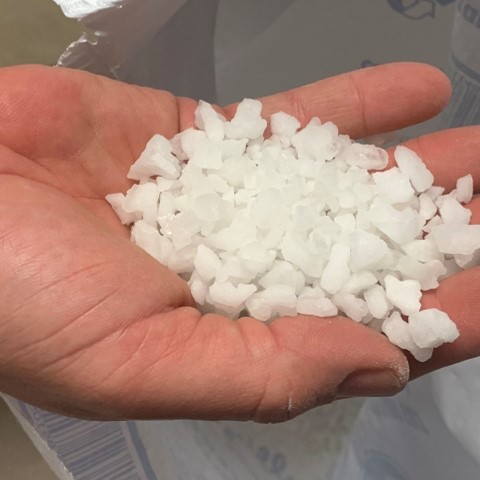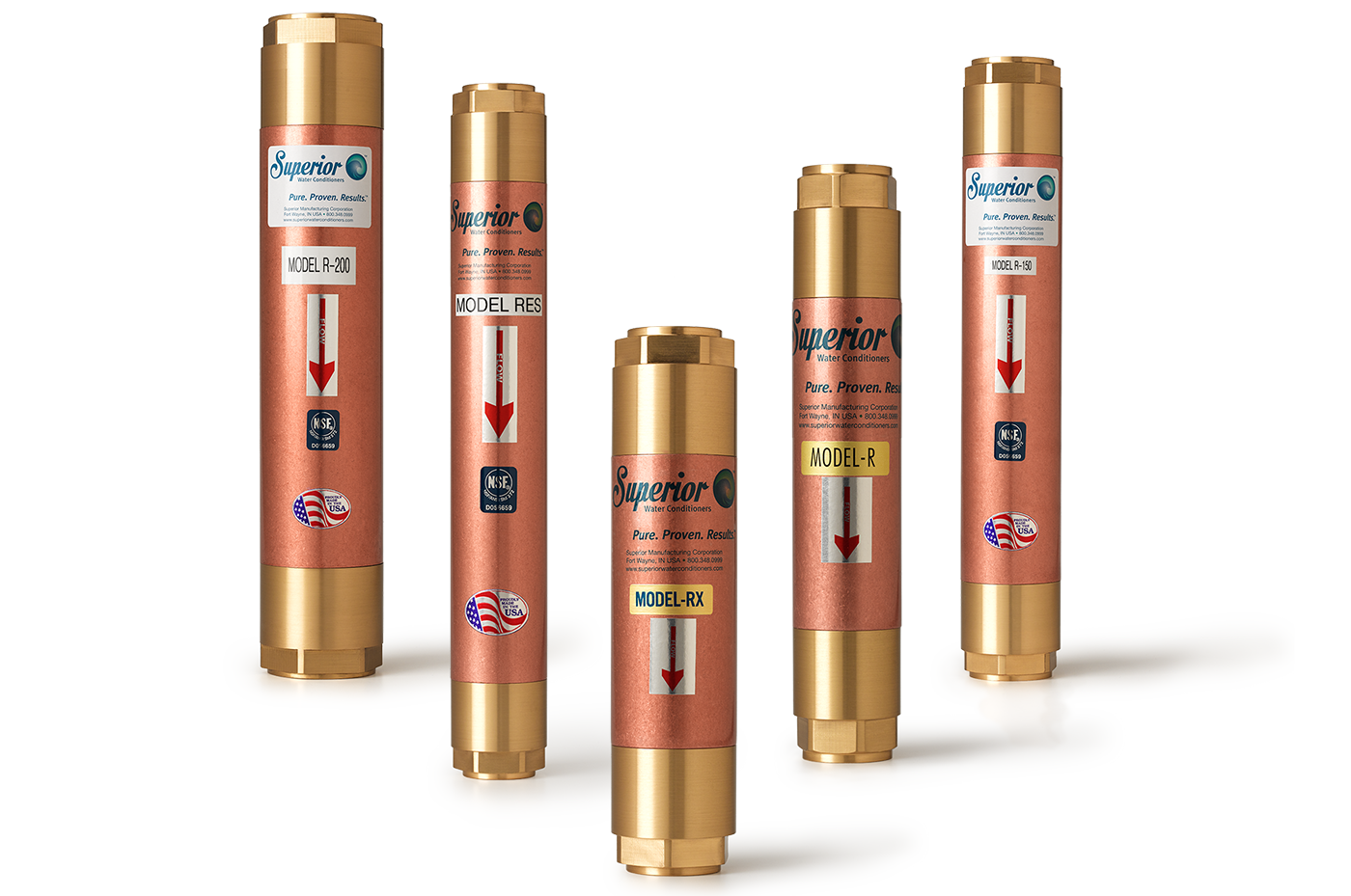When exploring solutions for hard water or delving into local water regulations, you might be surprised to find that certain areas have prohibited salt-based water softeners. For instance, while California allows individual cities to impose bans, Massachusetts and Texas regulate the discharge of byproducts from these systems, while others have completely outlawed them.

Why Are Salt-Based Water Softeners Increasingly Being Banned?
The bans on salt-based water softeners stem from their broader impact, which goes beyond individual households. These systems present notable environmental hazards, lead to significant water waste, and result in high water treatment costs. To put this in perspective, to perform water desalination it costs about two-three dollars per thousand gallons treated. In a city like Los Angeles, which consumes up to half a billion gallons daily, desalination would cost over $1 million per day.
How Salt-Based Water Softeners use Ion Exchange
Salt-based water softeners function by using a process called ion exchange to replace the hard calcium or magnesium water minerals with sodium or potassium. See below for a brief overview of how ion exchange works:
- Resin Beads: The water softener contains resin beads that are coated with sodium or potassium ions. The resin beads are negatively charged, which attract the positively charged calcium and magnesium ions present in hard water. This charge attraction is the key to the ion exchange process.
- Hard Water Enters: As hard water flows through the resin beads, the calcium and magnesium ions in the water are attracted to the resin.
- Ion Exchange: The negatively charged resin beads capture the positively charged calcium and magnesium ions and release sodium or potassium ions in their place.
- Soft Water Exits: The water that leaves the softener is now free of calcium and magnesium, making it “soft.”
- Regeneration: Over time, the resin beads become saturated with calcium and magnesium ions. The system regenerates by flushing a brine solution through the resin tank, displacing the accumulated minerals and restoring the beads’ effectiveness. This wastewater, containing the displaced minerals, is then flushed out.
This process effectively reduces the hardness of the water, preventing scale buildup and improving the efficiency of household appliances.
Environmental Consequences
The displaced minerals that are flushed out with water create a brine that eventually infiltrates groundwater and local water bodies. This brine can severely damage aquatic ecosystems and terrestrial wildlife. According to a University of Minnesota study, such systems contribute over 150,000 tons of salt annually to local lakes, harming freshwater habitats.
Issues with Frequent Water Flushing
In drought-prone states like California and Arizona frequent flushing of a valuable resource such as water can be highly problematic. Salt-based systems can use anywhere between 20 to 100 gallons of water per flush, often on a daily basis—comparable to running a dishwasher every night. This level of water consumption is unsustainable in regions constantly facing water shortages.
Financial Burdens of Water Treatment
In conjunction with the scarcity of water in some states lies in the financial burden associated with managing salt-laden water. Traditional water treatment plants are not designed to remove salt, necessitating the use of desalination—a process that is both expensive and complex.
Desalination involves removing salt and other impurities from saline water to produce fresh water, typically through methods such as reverse osmosis or distillation. These processes require substantial energy, sophisticated equipment, and ongoing maintenance, leading to high operational costs.
Additionally, the initial investment for constructing desalination plants is immense, often running into hundreds of millions of dollars. The infrastructure needed to support these plants, including intake and outflow systems, also adds to the overall expense.
These financial challenges highlight the importance of finding more sustainable and cost-effective alternatives to manage hard water without relying on salt-based systems.
Sustainable Alternatives
Considering the environmental, water waste, and financial drawbacks of salt-based water softeners, it’s understandable why some areas have imposed bans. If you currently use a salt-based system, check whether your city offers buyback programs or tax incentives for switching to a more sustainable option.
One such option is the Superior Water Conditioner, which operates without chemicals, salts, or other additives. This environmentally friendly system prevents scale formation and corrosion in household piping and appliances, without causing harm to the environment or wasting water. Moreover, these systems not only prevent hard water scale but also remove existing scale from pipes and appliances.
Final Thoughts
Water is an invaluable resource, and adopting water treatment solutions that promote sustainability and conservation is crucial. By understanding the reasons behind the bans on salt-based water softeners and exploring alternative options, we can hope to make more informed decisions that benefit both our homes and the environment.
